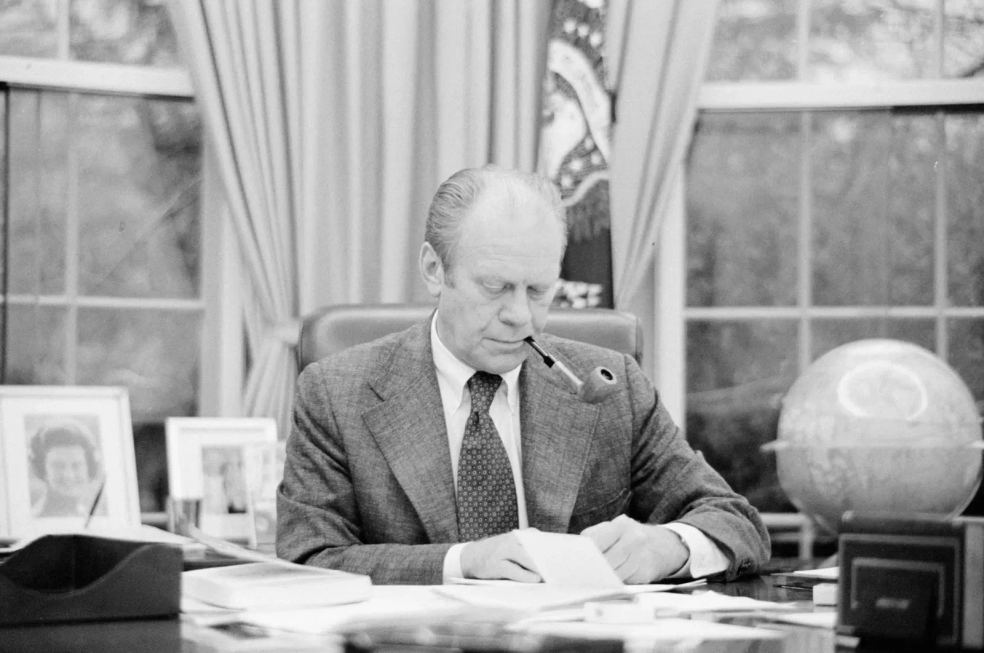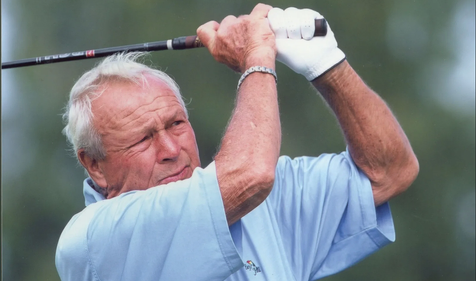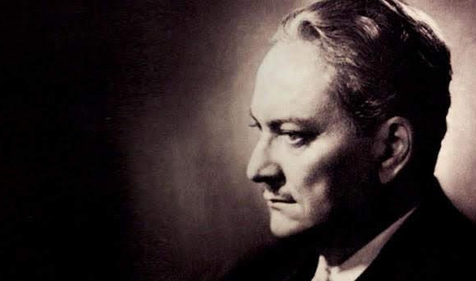Gerald R. Ford Jr. was the 38th president of the United States and a Scottish Rite Freemason from Grand Rapids, Michigan.
Gerald Rudolph Ford Jr., the 38th President of the United States, remains a figure of considerable significance in American political history. Rising to the highest office in the land amidst one of the nation's most tumultuous periods, Ford's tenure was marked by his steady leadership and commitment to healing a divided nation.
Freemasonry has long attracted men of influence and distinction such as George Washington, the nation's first president, Franklin D. Roosevelt, who guided the country through the Great Depression and World War II, and Harry Truman, who helped the U.S. economy recover following World War II. These leaders, among others, found camaraderie and shared values within Freemasonry, contributing to its enduring legacy as a bastion of brotherhood and moral principles.
For Brother Ford, Freemasonry was more than just a fraternal organization; it was a community where he found kinship with like-minded individuals dedicated to self-improvement, charity, and the betterment of society. Throughout his career, Brother Ford's Masonic affiliation remained an integral part of his identity, influencing his approach to governance and public service. For his contributions to the fraternity and our nation, Brother Ford was bestowed with the highest honor in Scottish Rite Freemasonry and made a 33° Scottish Rite Mason and Honorary Member of the Supreme Council A.A.S.R., NMJ in 1962.
As we explore Brother Ford's dual roles as a political statesman and a Freemason, we gain insight into the intersecting realms of power, brotherhood, and tradition that shaped his remarkable life.
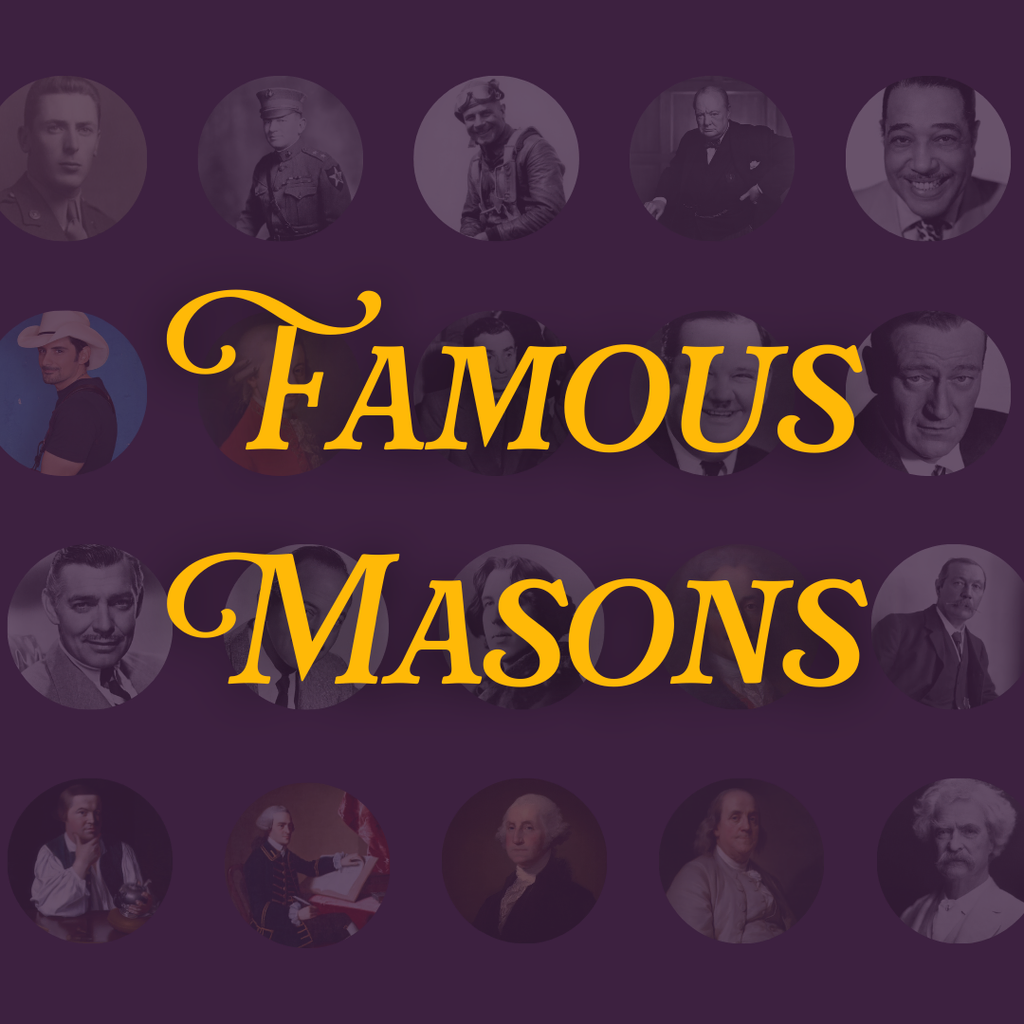
Sign Up for Our Famous Masons Email Series
Learn more about the well-renowned men who we are proud to call "Brother".
Humble Origins
On July 14, 1913, in Omaha, Nebraska, Gerald Ford was born Leslie Lynch King Jr. His mother Dorothy Ayer Gardner separated from his father, Leslie Lynch King Sr., mere weeks after he was born. Dorothy moved with her son to Oak Park, Illinois, and then to Grand Rapids, Michigan to be closer to her parents. She remarried on February 1, 1917, to Gerald Rudolff Ford. Shortly after their marriage, Brother Ford adopted his stepfather’s name and became Gerald Ford Jr. However, it was not legally changed until 1935.
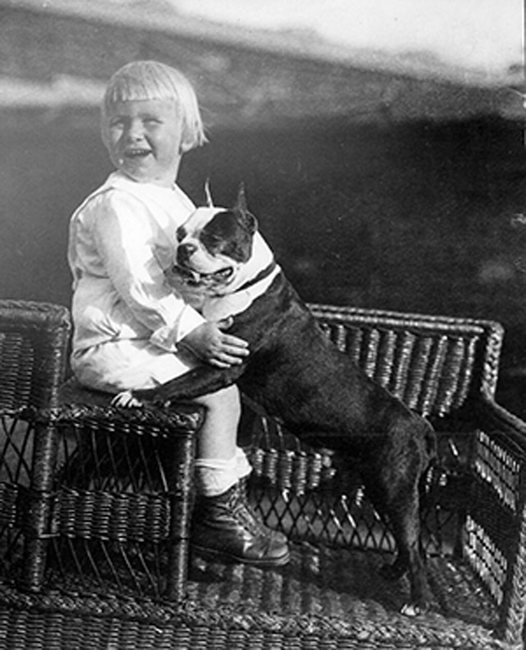
Brother Ford got involved in numerous social and academic groups in his youth, including the Boy Scouts of America. Today he remains the only Eagle Scout to have become a U.S. president. While attending Grand Rapids South High School, he was a member of the National Honor Society, Varsity Letter Club, Glee Club, Student Council, Latin Club, and Hi-Y (High School YMCA). He played basketball, track, and was the star and captain of his football team where he earned All-City and All-State honors. Brother Ford graduated in 1931 and went on to attend the University of Michigan where he continued his football career.
Gerald Ford, Freemason
Although his stepfather was an active Freemason and Shriner, it was during his time playing for the Wolverines in college that Brother Ford's connection to Freemasonry and Shriners began. In 1976 during a speech to Mohammed Shriners in Illinois, Brother Ford told the story of how he played in the 10th annual East-West Shrine Game, an all-star college football game held in 1934 that raised funds and awareness for Shriners Hospitals for Children. Part of the promotion for that game was a tour of the San Francisco Shriners Hospital for the players, which gave Brother Ford an up-close look at the amazing contributions Freemasons give to their communities.
When it came time for Brother Ford to join the fraternity, he was raised in Grand Rapids along with his three half-brothers: Thomas Gardner Ford, Richard Addison Ford, and James Francis "Jim" Ford. They were initiated on September 30, 1949, at Malta Lodge No. 465, in Grand Rapids. Two years later he completed the second degree on April 20, 1951, in Columbia Lodge No. 3 Washington, D.C., and was raised to the sublime degree of Master Mason in the same lodge on May 18 of that year.
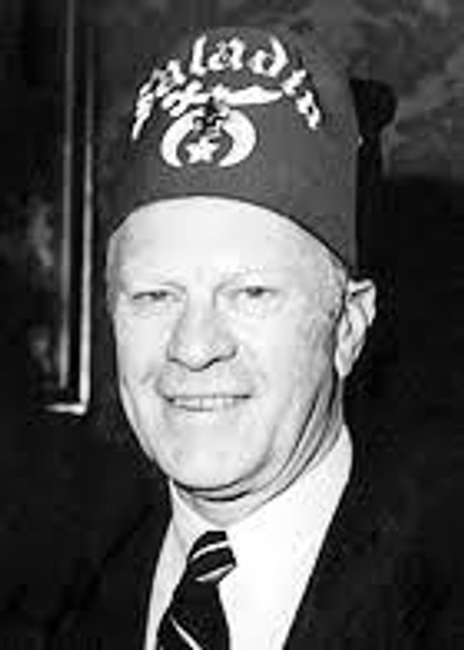
This marked the beginning of a long and accomplished journey in the Craft for Brother Ford, who remained committed to Freemasonry for the remainder of his life. He joined the Saladin Shriners in Kentwood, Michigan, in 1959 and was made a 33° Scottish Rite Mason and Honorary Member of the Supreme Council A.A.S.R. a few years later. Additionally, he was actively involved in DeMolay International, receiving the Legion of Honor in 1968 and becoming an Elected Member of the DeMolay Supreme Council. Brother Ford also received the degrees of York Rite Masonry (Chapter and Council degrees) in a special ceremony in the Oval Office on January 11, 1977, during his term as President of the United States.
University and Law School
Brother Ford played center, linebacker, and long snapper for the University of Michigan’s football team, helping lead them to two undefeated seasons and national titles in 1932 and 1933. He also demonstrated his integrity and commitment to Masonic principles in 1934 when Georgia Tech refused to play against Michigan if a Black player named Willis Ward, Brother Ford’s best friend on the team, took the field. Despite protests from the university’s students and faculty, the school sadly chose to keep Ward out of the game. In response, Brother Ford threatened to quit the team, disgusted with his school’s capitulation to the racist request. After much urging from Ward, Brother Ford conceded and agreed to play, but it was a statement of his character that he stood up for his friend.
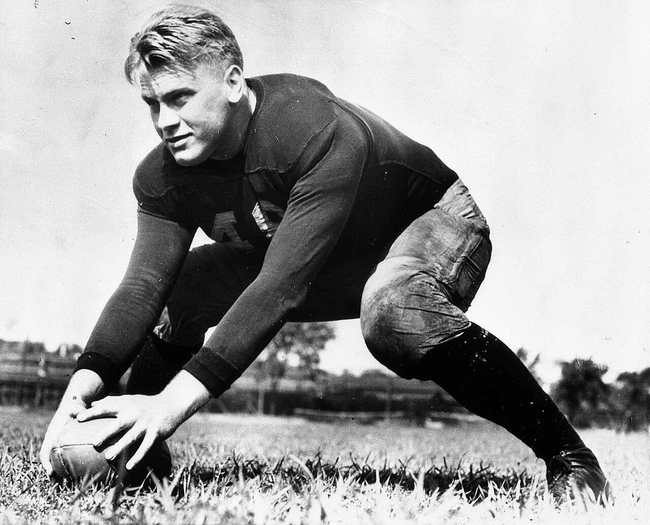
Brother Ford graduated from the University of Michigan in 1935 with a degree in economics. While he received offers from the Detroit Lions and Green Bay Packers, he instead took a job as the boxing coach and assistant varsity football coach at Yale University and applied to Yale Law School. Ford graduated near the top of his class in 1941 and was admitted to the Michigan bar. That year, he opened a law practice in Grand Rapids where he worked until the United States was drawn into World War II.
From the Navy to the House
After the attack on Pearl Harbor, Brother Ford enlisted in the Navy where he attained the rank of lieutenant commander. He spent the remainder of the war serving as the assistant navigator, Athletic Officer, and antiaircraft battery officer on board the USS Monterey. The carrier participated in numerous actions during Brother Ford’s service time, including in the Battle of the Philippine Sea. For his service he earned the American Campaign Medal, the Asiatic-American Campaign Medal with one silver star and four bronze stars, the World War II Victory Medal, and the Philippine Liberation Ribbon with two bronze stars.

Following the war, Brother Ford returned to his law practice in Grand Rapids and entered public life as a member of the Republican Party. Just before he was first elected to Congress in 1948, he married Betty Bloomer. They would go on to raise four children together: Michael, Jack, Steven, and Susan. Brother Ford spent the next 25 years in the House of Representatives, gaining a reputation for his integrity, diplomacy, and ideological flexibility. Brother Ford was so well-liked that he was elected House minority leader in 1965. In this role, he made more than 200 speeches each year across the country which raised his profile nationally. He only stepped down from his role when President Richard Nixon selected him to succeed Vice President Spiro Agnew after his resignation due to the fallout of the Watergate scandal.
In the Oval Office
From the moment he became Vice President, the specter of Watergate hung over Brother Ford. When it became clear Congress intended to impeach the president, Nixon became the first president in U.S. history to resign from office. Brother Ford took the oath of office as President of the United States on August 9, 1974, stating that "the long national nightmare is over. Our Constitution works."

Brother Ford now faced a difficult decision: allow long-drawn-out impeachment proceedings to go on and mire the country in a scandal or pardon the former president and turn the nation’s attention to its other problems. Brother Ford granted a pardon to Richard Nixon, much to the dismay of the public. Some believe he promised to pardon him before assuming high office and that his decision to do so may have cost him the election in 1976. Despite these rumors, Brother Ford always maintained he made what he thought was the best decision for the country. He and his administration changed focus to combat rising inflation, and an energy crisis, and restore the credibility of the presidency.
Legacy
In his reelection campaign, former California Governor Ronald Reagan challenged Brother Ford and hurt his standing in the party. Brother Ford lost the presidential election in 1976 to Democrat Jimmy Carter. He and Betty retired to California and Brother Ford formed a close friendship with his former political adversary, President Carter. Brother Ford considered another run for president in 1980 but instead took on an informal economic advisory role to President Reagan. He continued to make appearances at presidential inaugurals, memorial services, and other prominent national events. Brother Gerald Ford died on December 26, 2006, at the age of 93.

Brother Ford is the only person to hold the presidential office without being elected as either president or vice president. Despite the backlash to his handling of Watergate, most remember Brother Ford as a truly honest man who carried out his presidential duties with dignity and with a full understanding of the great responsibility placed on him.
When he passed, the Grand Masters of New York and Michigan and the Executive Secretary of the Masonic Service Association of North America issued the following statement:
“Gerald R. Ford embodied the tenets of Freemasonry. He upheld the values of personal integrity and of being true to his word, and in a time of great crisis, Brother Ford, a true patriot, also sought to heal our ailing Nation. As our President, he represented our fraternity well.
On behalf of the Grand Lodges of Free and Accepted Masons of the States of Michigan and New York, the Masonic Service Association of North America, and Masons everywhere, we offer our sincere condolences to Betty Ford and her family on the passing of Brother Gerald Ford, a humble man who calmly guided our country out of one of its darkest hours."
Related Stories
Discover additional Scottish Rite blogs and news on this topic.
-
A Jolly Masonic Mug
History
Read More about A Jolly Masonic Mug
-
The Life and Career of Brother Arnold Palmer
Famous Masons
Read More about The Life and Career of Brother Arnold Palmer
-
Manly P. Hall: Philosopher, Mystic, and Freemason
Famous Masons
Read More about Manly P. Hall: Philosopher, Mystic, and Freemason
